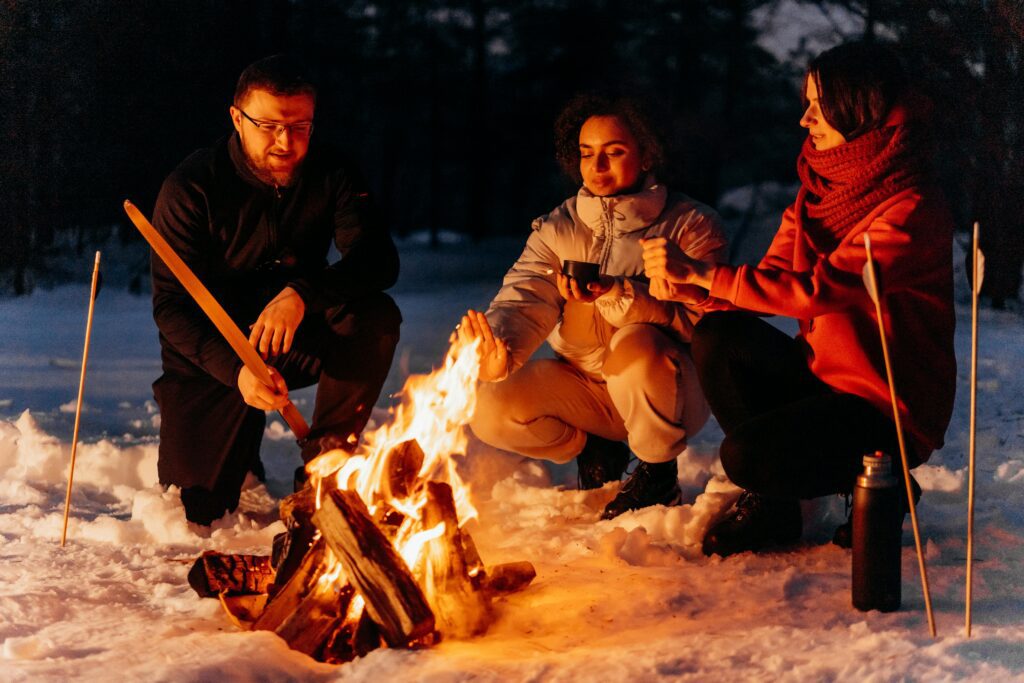
Why Is the US Getting Colder While the Earth Warms Up?
This week, the United States is seeing yet another wave of snowy, cold weather, which is prolonging the cold start to the year across much of North America. Nevertheless, January 2025 was the hottest January ever recorded on Earth, setting a new temperature record for the entire planet despite the frigid temperatures across the continent.
The Polar Vortex’s Function:
The polar vortex is one of the main causes of the excessive cold in the United States. Usually found over the Arctic, the polar vortex is a sizable region of frigid air and low pressure. This frigid air remains trapped in the arctic region under normal circumstances due to high winds. These winds are becoming weaker due to climate change, though, and the cold air is escaping southward into regions like the US. Record-low temperatures and severe winter storms result from this.
Scientific Evidence and Climate Research:
Berkeley Earth, an independent research group, and Copernicus, the European Union’s space program, both verified the outcome. At the start of the Industrial Revolution, when man’s ravenous appetite for coal, oil, and natural gas started to take off, the planet was between 2.95 and 3.15 degrees Fahrenheit (1.64 and 1.75 degrees Celsius) warmer than the average January, releasing heat-trapping gases into the atmosphere.
The hot start to the year is noteworthy for several reasons, even if it is consistent with the planet’s warming trend. Even in light of the slow global warming caused by human activity since the Industrial Revolution, it is a part of an extraordinary heat wave that is sweeping the earth. For the 18th consecutive month, January saw global average air temperatures above pre-industrial levels by more than 2.7 degrees Fahrenheit (1.5 degrees Celsius). Countries committed to attempting to keep global warming this century to less than 2.7 F (1.5 C) on average under the terms of the Paris Climate Agreement.
Warming Oceans and Changing Jet Streams:
Rising global temperatures are also affecting ocean currents and jet streams. The jet stream is a fast-moving air current that influences weather patterns. When the Arctic warms up at a faster rate than the rest of the planet, it disrupts the jet stream, causing it to become wavier. These waves can bring prolonged cold spells to certain regions while other areas experience heatwaves or heavy rainfall.
Both 2023 and 2024 have successively been the hottest years humans have ever measured by means of a wide margin. According to Berkeley Earth, there’s a 30 percent danger that 2025 temperatures will climb even higher.
The reality that the US reports bloodless weather notwithstanding global warming isn’t always a contradiction but alternatively a outcome of weather trade. Shifts inside the polar vortex, changing jet streams, and improved atmospheric moisture all make contributions to intense winter conditions. Understanding those patterns enables us see the larger picture—weather exchange is making weather more unpredictable and severe, no longer just warmer.
Read more of climate coverage report Click here to read our other blog./https://www.climatechallange.com/plants-that-can-predict-the-weather-changes/